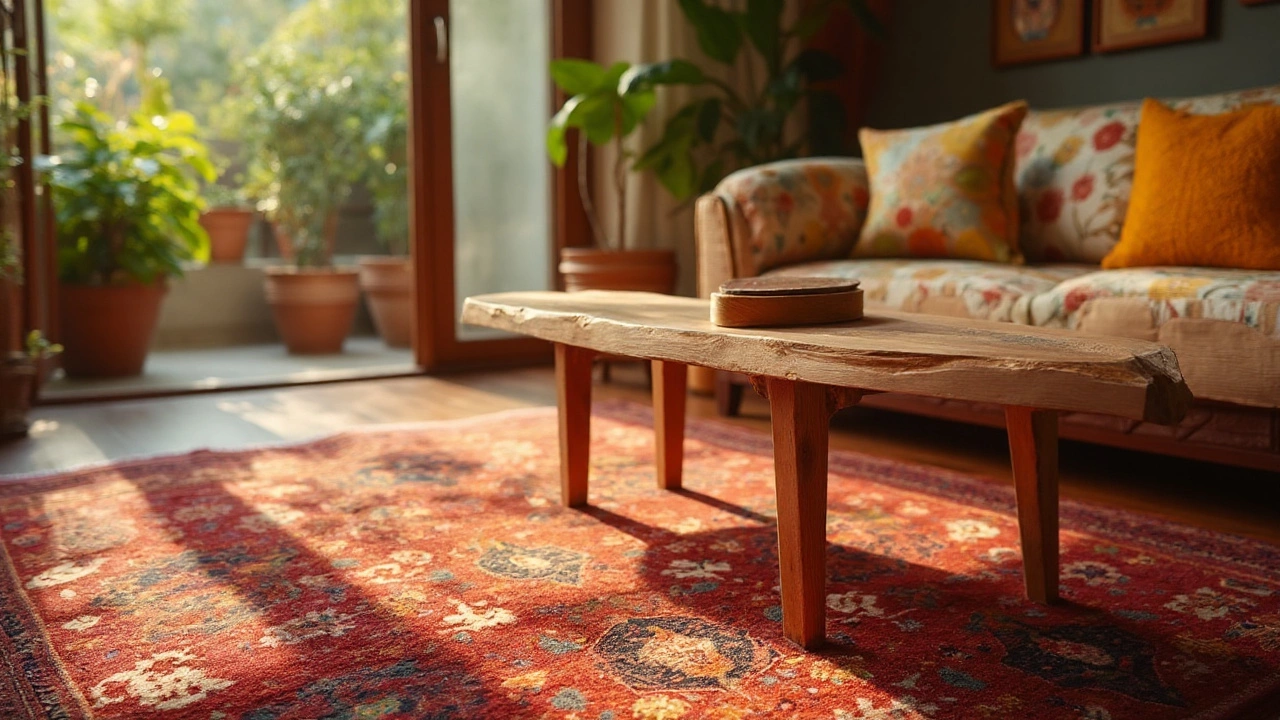Table Feet: Choose the Right Style and Material for Your Table
When you shop for a new table, the top surface gets most of the attention. But the feet are the hidden heroes that affect looks, stability and how the piece fits in your room. Picking the right table feet isn’t hard if you know the basic styles, materials and a few practical tips.
Popular Table Feet Styles
First, figure out the look you want. Classic tapered legs work well with traditional wood tables, giving a clean, slightly elegant vibe. If you love a mid‑century feel, go for hairpin legs – thin metal rods that add a light, airy touch.
Industrial spaces often use chunky metal caps or exposed steel rods. For a sleek modern feel, square or rectangular block feet in black, white or brass finish keep the profile simple and bold. If you need extra leg room, consider splayed legs that angle outward; they provide more under‑table space without sacrificing stability.
How to Pick the Best Material
Wood feet match natural wood tops and can be stained to blend or contrast. Oak, walnut and pine are common – oak is tough, walnut looks rich, pine stays affordable. Metal feet, usually steel or aluminum, resist dents and give a contemporary edge. Brass or copper finishes add a touch of luxury but may need polishing to keep shine.
Plastic or acrylic feet are cheap and lightweight, perfect for kids’ tables or temporary setups. They don’t rust, but they can scratch easily. When durability matters most – like a dining table that sees daily use – metal or solid wood are safer bets.
Another factor is floor protection. Rubber pads on the bottom of metal or wood feet prevent scratches on hardwood floors and reduce noise. Some designs integrate felt or silicone caps directly into the foot, so you don’t have to add them later.
Finally, think about height. Standard table height is about 28‑30 inches, and most feet are designed for that range. If you’re building a custom table, measure the top thickness and subtract it from the desired overall height to get the right foot length.
In short, match the foot style to your décor, choose a material that fits your use‑case, and add floor‑friendly caps. With these quick checks you’ll end up with a table that looks great and stays sturdy for years.
Coffee Table Care: What to Put on the Bottom for Style and Function
Discover which materials, pads, and design tricks work best for your coffee table's bottom. Prevent scratches, add style, and boost function in any living room.





